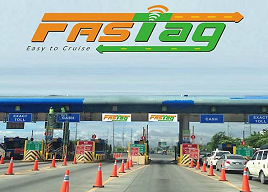March 7, 2024
How do i improve website loading speed
how do i improve website loading speed
Improving website loading speed is crucial for providing a better user experience and improving search engine rankings.

Here are some tips to help you optimize your website’s loading speed:
Optimize Images:
- Compress and optimize images to reduce their file size without sacrificing quality. You can use tools like Adobe Photoshop, TinyPNG, or Squoosh to optimize images before uploading them to your website.
Minimize HTTP Requests:
- Reduce the number of HTTP requests by combining CSS and JavaScript files, using CSS sprites for images, and minimizing the use of external resources like fonts and scripts.
Enable Browser Caching:
- Leverage browser caching by setting appropriate cache-control headers for your website resources. This allows browsers to store cached copies of static files, reducing the need to fetch them from the server on subsequent visits.
Use Content Delivery Networks (CDNs):
- Utilize CDNs to distribute your website’s content across multiple servers worldwide. CDNs can improve loading speed by serving content from servers located closer to the user’s location, reducing latency.
Optimize CSS and JavaScript:
- Minify CSS and JavaScript files to remove unnecessary whitespace, comments, and line breaks. You can use tools like UglifyJS and CSSNano to minify your code automatically.
Reduce Server Response Time:
- Optimize your server configuration, database queries, and code to reduce server response time. Use caching mechanisms like object caching, database caching, and opcode caching to speed up server-side processing.
Optimize Above-the-Fold Content:
- Prioritize loading above-the-fold content (content visible without scrolling) to improve perceived performance. Minimize render-blocking resources and optimize critical CSS to ensure that essential content is displayed quickly.
Enable GZIP Compression:
- Enable GZIP compression to reduce the size of your website’s HTML, CSS, and JavaScript files during transmission. GZIP compression can significantly reduce file sizes and improve loading speed, especially for text-based content.
Eliminate Render-Blocking Resources:
- Identify and eliminate render-blocking resources that delay page rendering, such as CSS and JavaScript files loaded in the head of your HTML document. Use asynchronous or deferred loading techniques to load non-critical resources after the page has finished rendering.
Monitor and Optimize Performance:
- Use performance monitoring tools like Google PageSpeed Insights, GTmetrix, and Pingdom to analyze your website’s performance and identify areas for improvement. Continuously monitor and optimize your website to maintain optimal loading speed.
By implementing these optimization techniques, you can significantly improve your website’s loading speed and provide a faster, more responsive user experience.
More Update – Click Here


